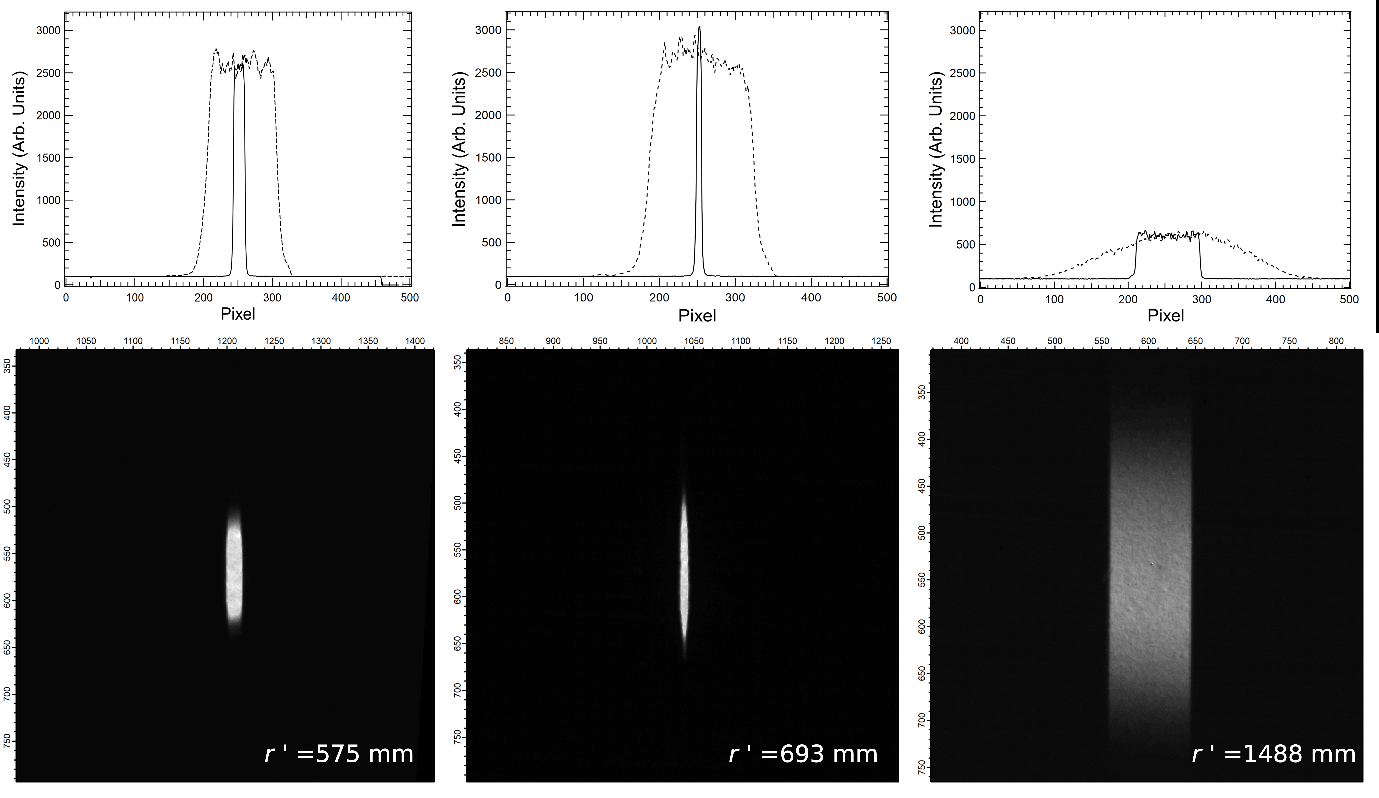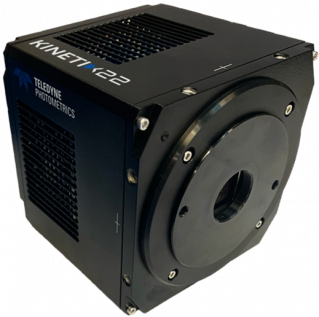X-ray Beam Characterisation
Dr. Roelof van Silfhout
The Department of Chemistry, KU Leuven, Belgium
Background
Dr. Roelof van Silfout is a researcher at KU Leuven, working on a variety of projects mostly concerning x-rays. Dr van Silfout explained one of his experiments, "We are interested in defining or measuring the position of a hard x-ray beam. We have an indirect detection system where we use a very high-resolution scintillator material that is lens-coupled to a camera, so the camera is focused on the back of the scintillator while the x-rays enter from the front. The camera is then at a 45° angle from the light path to avoid any damage to the camera sensor. We measure back-reflected x-rays, these reflected x-rays have a very low intensity, 7 orders of magnitude less intense than the x-ray beam itself.
Dr van Silfout's research interests involve the application of x-rays in structural studies of materials at the atomic scale, as well as optical characterization of these x-ray beams. With a role at both KU Leuven and the European Synchrotron Radiation Facility (ESRF, France), Dr van Silfout has a strong track record of innovation and experimentation with high-precision instruments for x-rays.
Figure 1: Horizontal x-ray beam focusing with the Kinetix22 sCMOS. The top row shows graphs of the row summation of each corresponding image below, the solid line indicating horizontal x-ray beam profile and dashed line indicating vertical (only the horizontal plane is being focused. The bottom row shows images of x-ray beam adjustment taken with the Kinetix22 sCMOS. The label r' indicates the radius of curvature of the mirror above and below the optimum of 693 nm.
Challenge
X-rays detected by the camera are of an extremely low intensity, requiring a highly sensitive camera in order to have a sufficient signal-to-noise ratio to detect the x-ray beam scatter. Dr. van Silfout told us about the challenges he encounters, "We typically have to sum the detected signal and perform procedural background reduction in order to detect these x-rays... Because the x-rays have low signal levels, this pushed us towards using dedicated cameras with low noise, I'm always on the lookout for cameras which have good performance, high sensitivity, and fast readout."
"I got very interested in sCMOS, I usually do photon transfer curves to measure camera performance. However, some sCMOS cameras have two different gain amplifiers which are merged by software, and somewhere in the middle there can be huge anomalies which are really awkward when collecting high dynamic range images, introducing artificial issues."
I looked at other sCMOS cameras, for me it was a no-brainer to pick the Kinetix22. I’m very happy with it, it really does what it promises.
Roelof van Silfhout
Solution
The Kinetix22 sCMOS is a powerful solution for indirect x-ray imaging, equipped with sub-electron read noise levels that ensure even the weakest x-ray signals can be reliably detected. Dr. van Silfout described his experiences with the Kinetix22, "For me, the reasons the Kinetix22 was a good choice was that it perfectly matches our aperture at 22 mm, it has the really low noise characteristics that we were looking for, it is very fast, and the range of readout options and software compatibility is really useful when you need to synchronize your imaging setup."
"The 22 mm FOV was a very good selling point as it matches our C-mount microscopes, the small 6.5 um pixel size was also a very strong point, as it gave us a high resolution... I also like the ability to make multiple regions of interest around the sensor, you can do it very nicely in software control, it's very fast if not simultaneous."
"The photon transfer curves with your cameras did not have the anomalies we would usually see with other sCMOS... I looked at other sCMOS cameras, for me, it was a no-brainer to pick the Kinetix22. I'm very happy with it, it really does what it promises."
"The support I got from Photometrics from my initial contact was excellent, looking at the whole picture in terms of software support, the features of the camera, and of course the price, for me it was definitely a no-brainer. I can't think of a reason not to buy it!"

Learn More About The Kinetix22
Download This Customer Story